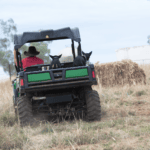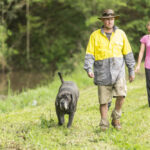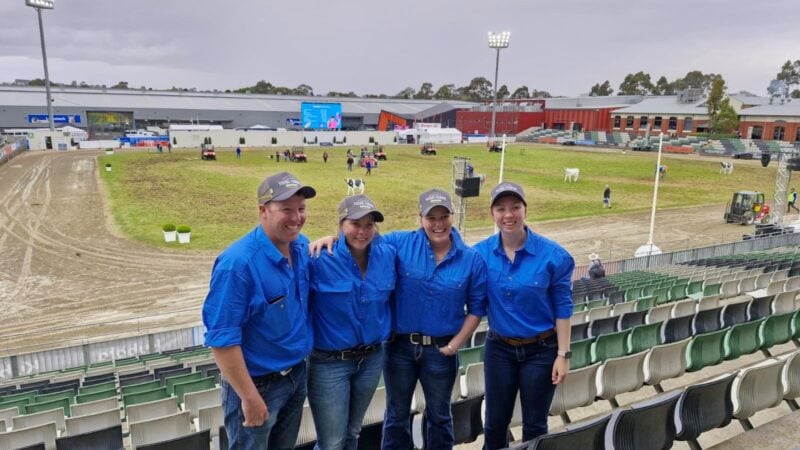NSW Farmers and Safework NSW are expanding access to the Farm Safety Advisory Program. The…
Farm safety should come first

The Australian Bureau of Statistics states that there are about 87,400 farms in Australia, and 99 per cent of those are family owned and operated. The Australian agriculture, fisheries and forestry sector employed an equivalent 318,000 people in 2021.
According to ABARES, the figure of 318,000 people applies only to Australian residents � there is an additional estimate of 35,000 people who are employed on Australian farms as overseas workers. They are among more than 1.6 million people employed along the agricultural supply chain in Australia.
At the recent Jobs and Skills Summit, held at Parliament House in Canberra in early September, National Farmers� Federation president, Fiona Simson, said Australian agriculture is forecast to surpass $83 billion this financial year, despite significant workforce shortages.
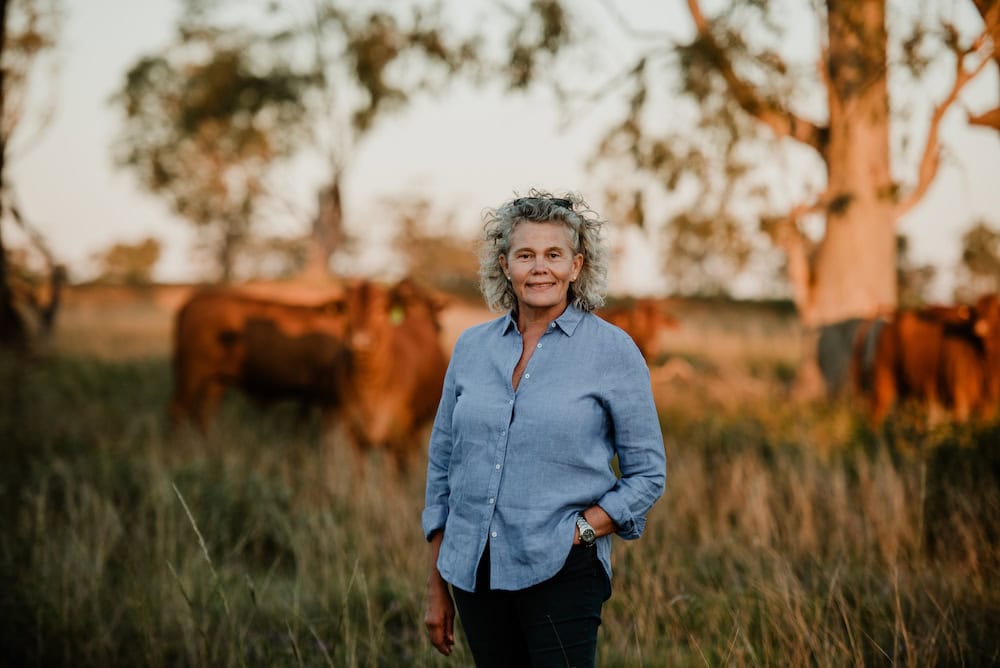
The 2030 vision for Australian agriculture is an industry that is producing $100 billion per annum in food and fibre products. NSW Farmers is a partner in that goal, to deliver production valued at $30 billion by 2030.
Dependent on delivering those goals is a reliable, skilled workforce.
The Australian Government Roadmap to attract, retain, up-skill and modernise the agricultural workforce, released in March 2021 at the same time as the National Agricultural Workforce Strategy, highlighted the need to modernise agriculture�s image, attract and keep workers, embrace innovation, build skills for modern agriculture, and treat workers ethically.
�People are critical. Right now, we know we have at least 170,000 vacancies in the workforce right across the supply chain,� Ms Simson said at the Jobs and Skills Summit.
Ms Simson endorsed an industrial relations system with enshrined workforce protections for the agricultural sector.
�Obviously the welfare of our workers and our people is critical,� she said. �We need to keep doing better in this space. We want to attract Australians to our sector and we need increased migration streams, and appropriate visas and pathways to help fill the diversity of roles at all skill levels.�
In the outcomes statement from the summit, on the last page, the last paragraph is the only specific reference to agriculture � �Government, industry and unions will pursue solutions to better skill, attract, protect and retain workers in the agriculture sector through a tripartite agriculture workforce working group�.

Above: Advocate with #PlantASeedForSafety, Chloe Dutschke
Without referring specifically to the food and fibre sector, the summit outcomes statement does refer to the Pacific Australia Labour Mobility (PALM) scheme as part of a raft of recommendations to increase numbers of migrants to meet skilled labour shortages (including in regional areas) and to improve accountability around employment of migrant workers � including accountability about migration worker exploitation.
Workforce safety on the farm is a serious risk for everyone and accountability extends from machinery use to bullying practices, and includes drug and alcohol use, needle-stick injuries, fatalities, an emergency response plan, and everything in between.
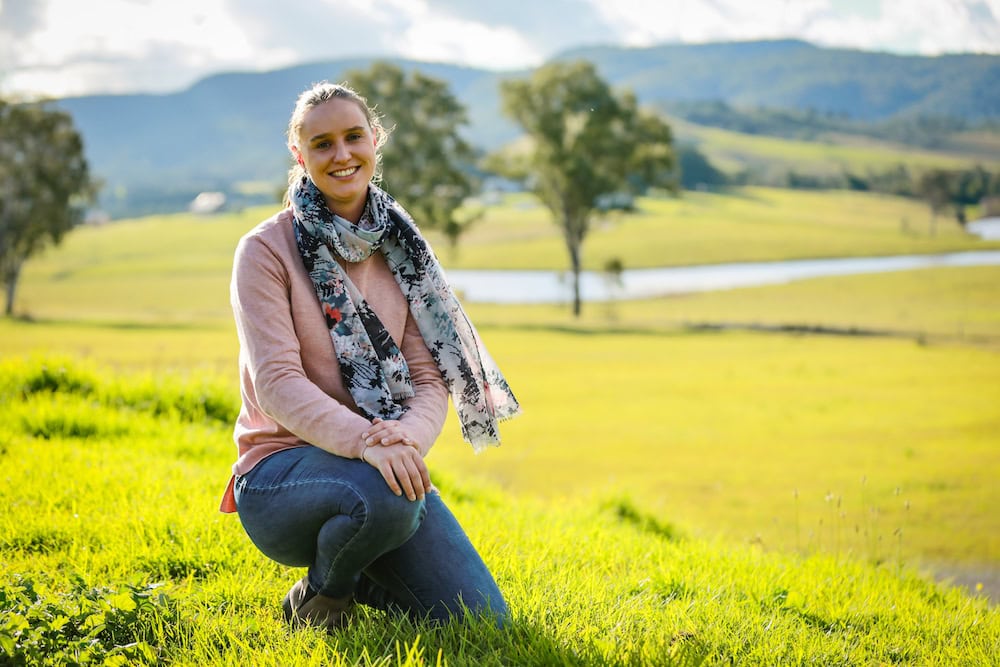
Among the risks is the transient nature of much employment within the farming sector � short term, backpackers, travellers, overseas workers, and contractors � which requires ongoing induction and review of safety practices and policies on the farm.
Most of the workers on farm are contractors. Almost equally spread among the remaining workforce are people working in a transient manner while travelling, permanent workers and family members. People employed through the PALM scheme are a small percentage of the overall number. Such a transient workforce raises risks around workplace safety responsibilities for farmers.
A five-minute health and safety check � the face of the Plant a Seed for Safety program � could be the difference that ensures someone returns home at the end of the day. Advocate with #PlantASeedForSafety, Chloe Dutschke, formerly a contract musterer across NSW, said conversations about health and safety were best done in toolbox sessions before and after jobs and during planning sessions, rather than within the pressure of work.
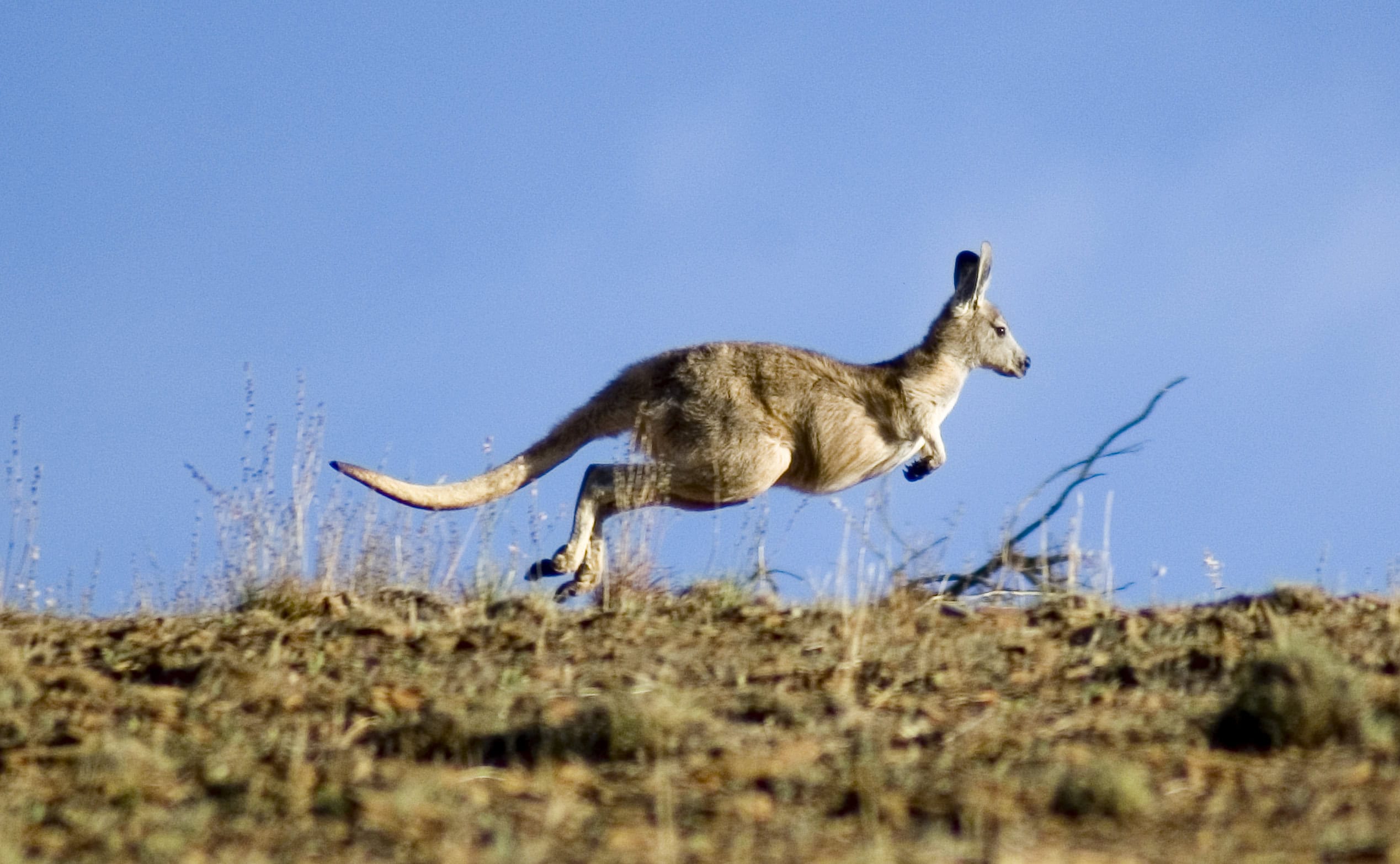
Chloe said she escaped serious injuries in a motorbike accident with a kangaroo because she was wearing a safety helmet and boots. Fortunately she was also wearing a radio and was able to call a co-worker for help, who organised for her to be transported to hospital. Communication is a serious consideration when a lot of mustering work is done in remote areas.
Workshops and learning curves
The Australian government recently committed $1.6 million to improve farm safety � specifically to improve farm safety practices and behaviour through a focus on increasing awareness and developing education tools and accredited training.
Intended audiences include school children, secondary school aged adolescents, teachers, producers, station communities on remote pastoral properties, and specific industry targeted training through Grain Growers Ltd and Cotton Australia Ltd.
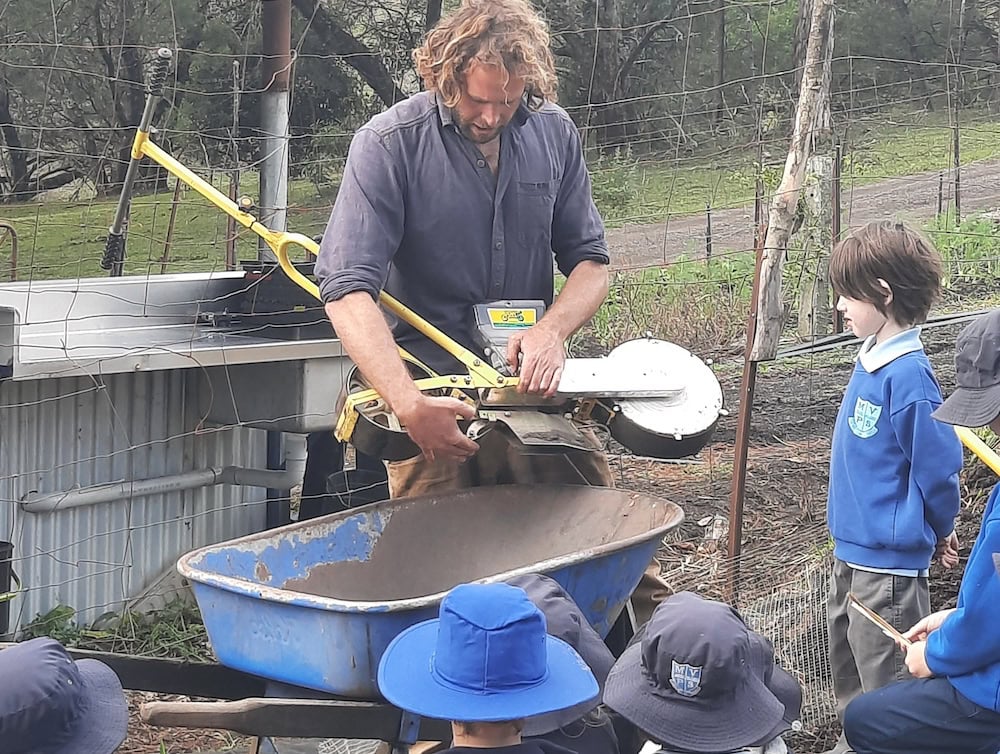
Delivery tools will range from face-to-face workshops to app-based and online interactive game-based resources, webinars, farm visits with follow-up coaching that engages all farm business partners, creation of farm safety plans using peer-to-peer learning, and tool kit discussions that integrate mental health, financial stresses and farm safety.
The pilot program delivered by Grain Growers Ltd will be multi-lingual.
NSW Farmers endorses the NSW Farm Safety Advisory Program, recognising that tools and support are needed that address the complexities of farming across the State.
Safety on farms for contractors
One of the most significant legal changes is the obligation of the farm business owner towards contractors � an obligation that was tested in court in 2019 and remains relevant.
A contractor fell from a motorbike on a remote northwest NSW farm and �sustained skull fractures which were capable of causing his death,� according to Judge Scotting, quoted in an ABC report.
The judge found the serious injury or death of a contractor from a fall or collision involving a motorcycle was predictable, especially because the contractor was not wearing a safety helmet.
The farm operator, KD & JT Westbrook Pty Ltd, was found guilty in the NSW District Court of failing to provide a safe work environment.
SafeWork brought the case to court, alleging that KD & JT Westbrook failed in its duty under work safety legislation. The farm operator relied on a station manager to supervise workers and contractors and their duties.
Judge Scotting said the defendant failed to require the deceased to wear a helmet or failed to give him sufficient information to make an informed choice to wear a helmet.
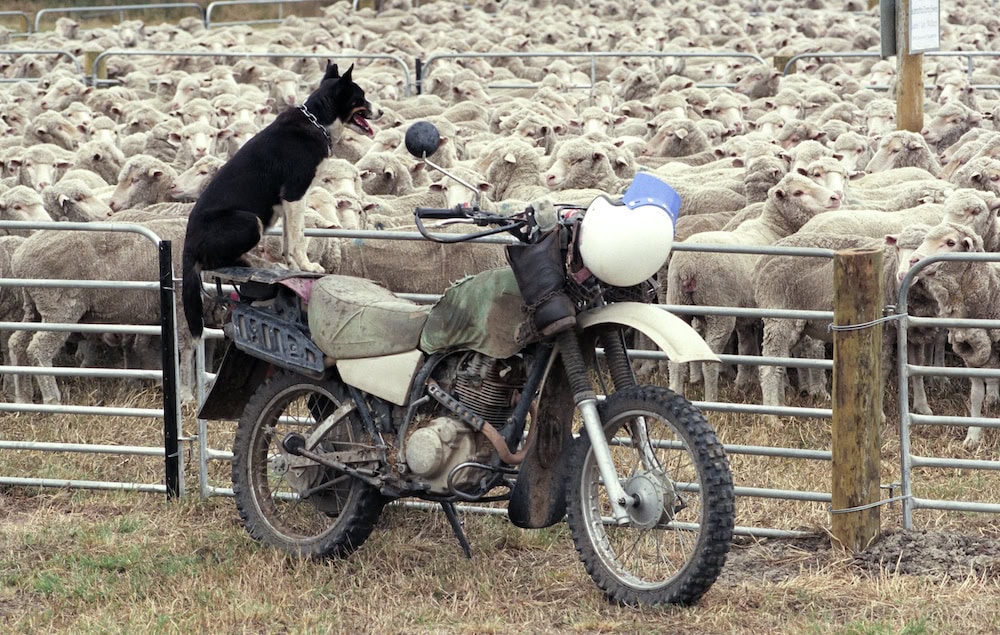
According to Safe Work Australia, an employer or person conducting a business has a legal duty to eliminate or minimise risks to the health and safety of workers and visitors in their farming business.
NSW Farmers � through the NSW Farm Safety Advisory Program � advises the importance of ensuring employees and contractors understand why a control measure is in place, to increase their level of acceptance � particularly if it�s a changed workplace procedure.
This could include using engineering to eliminate any need to work from heights, using personal protective equipment, or ensuring guards are always in place on machinery and equipment.
A critical factor in this relationship is ensuring written procedures are developed and practiced that support managers and workers to identify and manage health and safety risks, implement anti-bullying policies, limit exposure time to a hazardous task, and use signs to warn people of a hazard.
Farm Safety Case Study
Kahmoo Pastoral Company � an Australian White Sheep stud and commercial fat lamb operation and a multi-generational farming business with properties in NSW and Queensland � employs family members, contractors, overseas and backpacker workers and provides work experience opportunities for students.
Owner of Kahmoo Pastoral Co, Kym Thomas, said workers were employed for sheep husbandry, mustering and preparing livestock for sale, property maintenance that included troughs, machinery and repairing and building fences and stockyards, as well as establishing and managing forage crops and improved pastures. Planes, motorbikes and side-by-sides are used as transport around the properties.
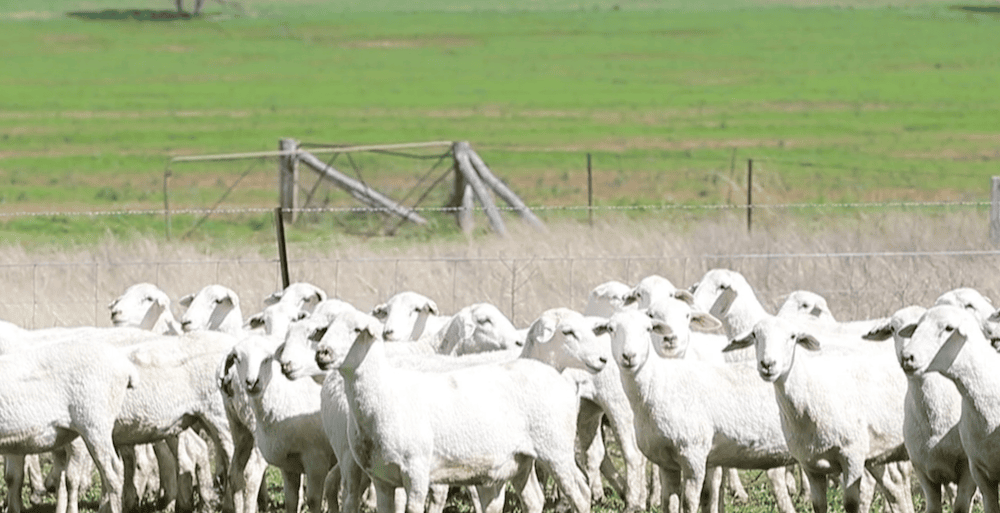
Ongoing professional development is offered to the company�s employees, and Kym points out that various jobs require staff to work independently at times.
She contacted the NSW Farmers� Farm Safety Advisory Program with some key concerns. Firstly, the difference in legislation between states regarding Work Health and Safety (WHS), and the fact that staff often worked on their own. She also said there was limited ability for regular discussions about farm and workplace safety. She sees a need for tools and resources that were practical, adopted best WHS practice that would enable everyone to demonstrate their knowledge regarding farm safety.
During the border closures during the Covid-19 pandemic, telephone and emails were relied on for communication between the two properties. This extended to implementing an online electronic WHS book for the business.

�Employees could read, sign and refer to the electronic resources as required,� Kym said. �Everyone was able to keep up-to-date with the latest Covid-19 requirements in each workplace.
�Over time we�ve refined the information and our online WHS templates have now become a critical tool in the induction process of new employees and contractors. Using computer templates also means records can be updated and remain relevant for the two properties.�
The business recently adopted the use of side-by-side vehicles and drones, and Kym and her team looked to the Farm Safety Advisory Program for advice.
�Employees attended a drone course and used information about the safe operation of side-by-side vehicles, to enable them to work in a safer manner,� Kym said.
Drones are now being used on the farms to monitor livestock, bores and water troughs in real time. Other pieces of autonomous machinery have been developed to broadcast herbicides, fungicides and insecticides, and even to aerial broadcast seed, particularly as infill where crops fail in patches.
Kym and her business partner Tony Reid recently attended a NSW Farmers� Boss skills workshop with its focus on-farm owners and managers and ensuring they are up to date with their obligations to employees.
This included employee management, including termination of employment, changes in the award entitlements including the status of regular casual employees, and the option to employ international workers.
�We�re now happy with the WHS framework we have in place at Kahmoo,� Kym said.
If you enjoyed this feature on farm safety, you might want to read our story on resolving the ag labour shortage problem.


